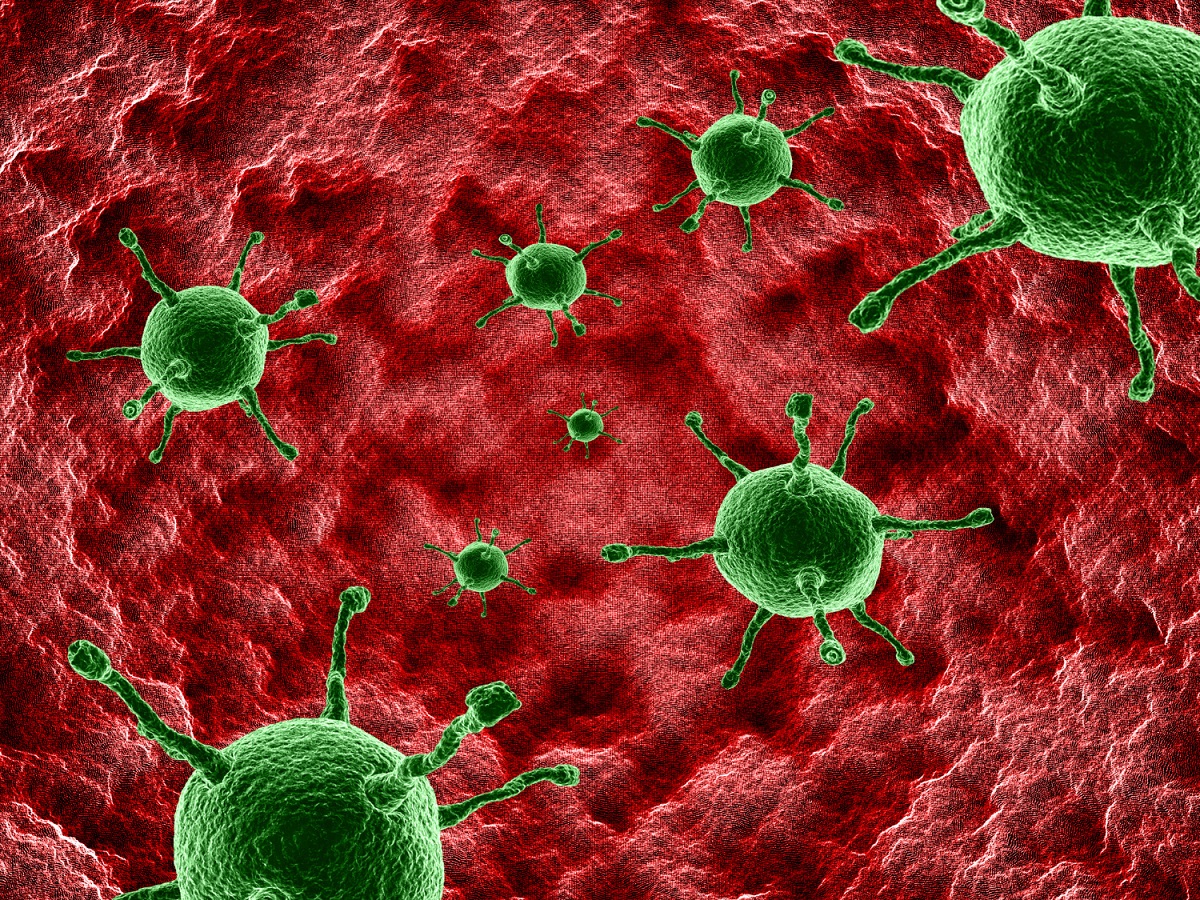KEY TAKEAWAYS
- The study aimed to investigate the role and underlying mechanism of circFKBP8 in BC development through the miR-432-5p/E2F7 cascade.
- Researchers found that circFKBP8 drives BC malignancy through the miR-432-5p/E2F7 cascade, suggesting its potential as a therapeutic target.
Circular RNAs (circRNAs) can influence the development of breast cancer (BC). Despite their potential impact, the specific role and underlying mechanism of circFKBP8 (also known as hsa_circ_0000915) in BC remain largely unexplored.
Zhongkui Jin and the team aimed to assess the function of circFKBP8 in BC and its mechanistic role through the miR-432-5p/E2F7 cascade.
They performed an inclusive analysis involving quantitative real-time polymerase chain reaction (qRT-PCR), western blot, and immunohistochemistry (IHC) assays to evaluate the expression of circFKBP8. They assessed the effects on cell functional phenotypes, including proliferation, migratory capacity, invasion, and stemness, using in vitro assays.
The relationship between microRNA (miR)-432-5p and circFKBP8 or E2F transcription factor 7 (E2F7) was investigated through RNA pull-down, dual-luciferase reporter, and RNA immunoprecipitation (RIP) assays. Additionally, xenograft assays were conducted to explore the function of circFKBP8 in vivo.
The CircFKBP8 was presented at high levels in BC tissues and cells. Elevated circFKBP8 expression was linked to poorer overall survival in patients with BC. Suppression of circFKBP8 led to reduced BC cell proliferation, migratory capacity, invasion, and stemness in vitro. Additionally, circFKBP8 suppression inhibited xenograft tumor growth in vivo.
Mechanistically, circFKBP8 acted as a miR-432-5p sponge, modulating E2F7 expression. CircFKBP8 influenced BC cell malignant behaviors through miR-432-5p, which in turn affected these cell phenotypes via E2F7.
The study concluded that circFKBP8 promotes BC malignant phenotypes through the miR-432-5p/E2F7 cascade, highlighting its potential as a promising therapeutic and prognostic target for BC.
The study received no funds.
Source: https://pubmed.ncbi.nlm.nih.gov/39192374/
Jin Z, Xu W, Yu K, et al. (2024). “The novel circFKBP8/miR-432-5p/E2F7 cascade functions as a regulatory network in breast cancer.” Hereditas. 2024;161(1):27. Published 2024 Aug 27. doi:10.1186/s41065-024-00331-1



